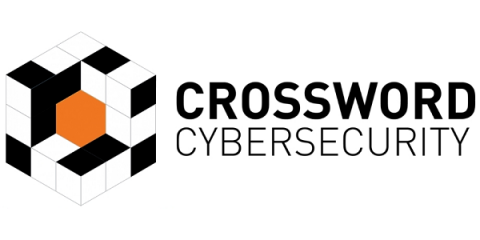Security | Threat Detection | Cyberattacks | DevSecOps | Compliance
Security
Crossword Cybersecurity Plc announces new Supply Chain Cyber practice in response to increasing threat of supply chain cyber attacks
3 security strategies that will boost employee productivity
Security and productivity are two key areas of priority for any business leader. With the current trends in cybersecurity and remote work, companies want to provide access to capabilities that the digital workforce needs, with minimal impact on their experience and minimal risk. In the search for a good balance between data security and productivity, is cybersecurity awareness training enough? Some even find it a challenge.
Does bot management strengthen customer loyalty and engagement?
Organizations can create a level of greater trust between digital businesses and their customers by using sophisticated bot management solutions, as we understand from a recent Gartner ® report. ‘Don’t Treat Your Customer Like a Criminal’, by Gartner analysts Tricia Phillips, Jonathan Care and Akif Khan, is available for a complimentary download from the Netacea website until 31st July 2022.
Snyk is now also hosted in the EU providing regional data residency
From day one, Snyk’s vision has been to enable development and security teams across the world to develop fast while staying secure. A key component of this vision is ensuring our customers feel confident in using our developer security platform. This is why we place the utmost importance on keeping our customers’ data safe and helping them address their security and compliance requirements.
Authenticating legacy apps with a reverse proxy
When we think of “authentication” for our applications, most of us think of user registration, a login form, and resetting passwords. Our concerns begin and end there. But as we dive deeper and our security and compliance requirements change over time, we have to consider new password hashing algorithms, blocking bots, multi-factor authentication, and external identity providers. What started as a clear, concise set of requirements became an ever-growing list.
Now you can securely share 1Password files and documents with anyone
In October, we introduced a new way for 1Password customers to securely share virtually anything in their 1Password vault with anyone – even if the recipient doesn’t use 1Password.











